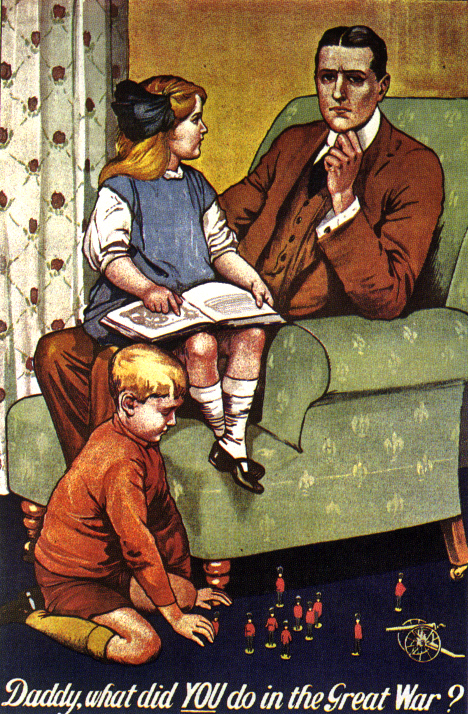
(Written by Sheila Gail Landgraf)
Soon it will be time to celebrate Memorial
Day in America.
On this day we honor every Veteran who fought for our country in every war throughout the pages of time. God bless you everyone! Your service and dedication to the lives, happiness and well being of all good people is appreciated and your valor is to be commended.
Today I want to explore some facts of a war that is probably the least known by today's generations. I want to look at what history records of World War I.
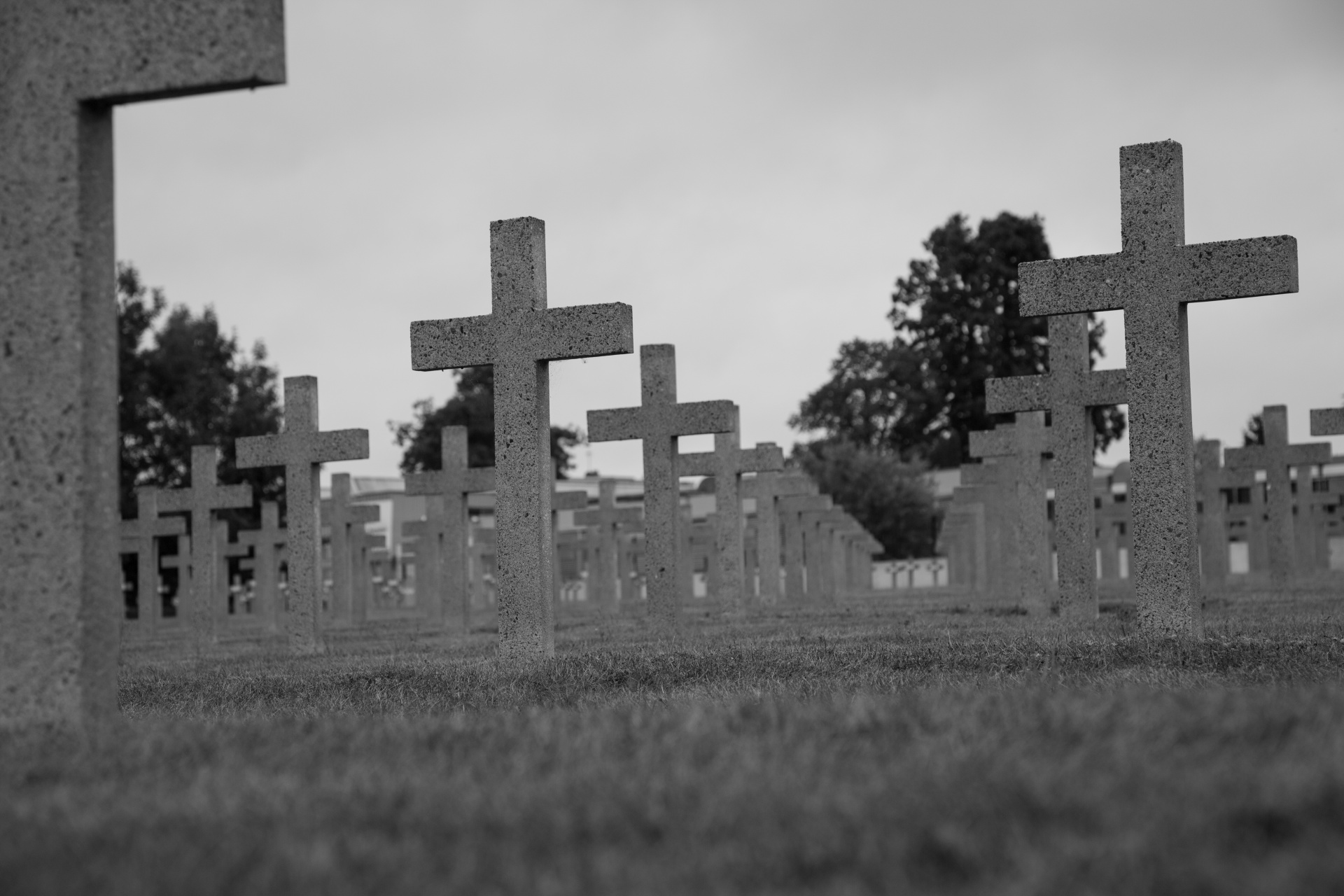
What must it have been like for those
soldiers during this time that was often called “The Great War?”
World War I started on July 28, 1914,and ended on November 11,
1918. During these, approximately four
years, there were literally hundreds of actions and engagements.
Have you ever thought about how unnerving
it must have been for the whole world to have been at war? Perhaps it is to the advantage of the whole world that technology had not reached the state that it is in today. The story might have been completely different.
The
first question I have to ask myself is how on earth did it all start?
What was
the spark that fanned the flame into a huge fire? I found the answer to this question was very
complicated. Basically, one country
questioned the credibility of another country, then that argument quickly
spun into a huge world event, with one country at a time getting involved, each
for their separate reasons.
As I tried to reason all of this out – two
questions arose:
Why did the first
crisis lead to a war between Austria and Serbia?
Why did that conflict soon
involve the rest of the Great Powers?
The most
obvious beginning was the assassination of Austria-Hungary’s Archduke Franz and his wife. Archduke Franz was heir to the
Austro-Hungarian throne. This murder was
believed to have been plotted by a Serbian National Secret Society group called
“The Black Hand.” Soon after this
assassination, Austria-Hungary issued an ultimatum to Serbia demanding that the
assassins of the Archduke be brought to justice. Unsatisfied with Serbia's response to her
ultimatum, Austria-Hungary declared war on Serbia July 28, 1914. That is a very simple explaination of what happened. Actually so much political upheavel was going on between these two countries at the time. You would need to study that all by itself in order to come up with the more-complicated version of the story. There were MANY more factors and I highly recommend that you go back and reread the whole story some time. My point for now is that Austria-Hungary and Serbia were VERY unhappy with each other and each felt threatened by the other.
So, it seems
the war started with just two countries involved.
Serbia had
Slavic ties with Russia, which complicated the matter quite a bit. Austria-Hungary was not really expecting that
Russia would be drawn into the dispute, but just in case the unthinkable
happened, the Austria-Hungarian government asked their ally, Germany, for aid
should Russia declare war on Austria-Hungary. Germany agreed to this and even encouraged
Austria-Hungary's warlike stance. It took Russia about six weeks to utilize mobilization
of its large army in Serbia’s defense. When
Germany saw this Russian mobilization, they took it as an act of war against
Austria-Hungary and without warning they declared war on Russia on August 1st.
So we now
have four countries involved, Austria-Hungary and Germany vs. Serbia and Russia. This count didn’t last long either.
France,
bound by treaty to Russia, found itself at war against Germany. Germany was swift in invading the neutral
state of Belgium, so they could reach Paris by the shortest possible route.
Britain had a 75 year old treaty with Belgium that obligated them to defend
them. Britain,
as an ally to France, declared war against Germany on August 4. When Germany invaded Belgium, Britain came to
Belgium’s defense. Britain had colonies
and dominions abroad who offered their military assistance, this included
Australia, Canada, India, New Zealand and The Union of South Africa.
In 1914, Japan declared war on Germany to
honor a military agreement with Britain.
Right after this Austria-Hungary responded by declaring war on Japan.
Woodrow
Wilson was President of the United States at the time of these wars. He declared the United States neutral. This actually stayed the case until 1917,
when Germany’s policy of unrestricted submarine warfare seriously threatened
America’s commercial shipping. This
forced the United States to enter the war on April 6, 1917.
At this
point we have Serbia. Russia, France, Britain along with British forces in
Australia, Canada, India, New Zealand and The Union of South Africa, Japan and
The United States; on the other side we have Austria-Hungary and Germany.
Italy was
able to avoid the war for a while, because they were committed to defend their
allies of Germany and Austria-Hungary only in the event of a “defensive war.”Italy
was able to take this stand until May of 1915, when she took a hard stand and
sided with those against her two former allies.
So in an odd turn of events, we now have
Serbia, Russia, France, Britain (including Australia, Canada, India, New
Zealand and The Union of South Africa), Japan, The United States and Italy
against Austria-Hungary and Germany. Who would have ever predicted this? It just goes to show that you should be very careful upon entering wars, because you never know who the final players will be. A very simple beginning can escalate and turn into a very complicated ending.
No one went
into the beginning of this crisis with the intention of world war; but the risk
of world war did enter the equation in 1914, seen or unseen, because of the
ethnic issues behind the Sarajevo crisis.
The beginning causes of the war are now much clearer, but my deeper mission for studying all of this in such detail was to see who from this war,
among other wars, are we honoring on Memorial Day? I did not want to know just names, but why DO we honor these men? What was their roles as war heroes? We say as a matter of fact that we are honoring them, but what do we really know
of who they were and what they stood for?
Have we forgotten?
I took a trip back into time to examine the unfolding of these life-changing events, especially where Americans were involved. I quickly learned that if one truly wants to try to understand the suffering experienced by those who were consumed by this war, one must visit the battlefields of 1914-1918. That is where you can get a mental picture of the Great War. If you ever have the opportunity, walk through those battlefields to see firsthand for yourself what actually happened. Spend some time imagining how these battles played out. Many people did this very thing right after the war ended just so they could know for themselves how the last moments of their loved ones lives were lived out. Some took tours of the battlefields even before the weapons were cleared from the area. Many went into France and Belgium and crossed the English Channel and spent hours driving on the opposite side of the road than they were used to, in order to gather all the facts they could of the experiences of the men who fought and all the events that played out during this time in our history.
If you and I
were to do the same, and go there to study all that happened, even if we went
just to Ypres, Iper and Albert (Somme), we would soon come to understand many
things, like the certain battle terms that were used. For example; 'a flying pig' was the term used
for a mortar bomb, and the “battle police” were military policemen deployed
behind an attack to intercept stragglers.
We would also learn that a 'Tour' was a period of front-line service.
We would probably be horrified with all the statistics we would discover. Some of them are quite shocking; such as the fact that Russia mobilized 12
million men during the war; France mobilized 8.4 million; Britain mobilized
8.9 million; Germany mobilized 11 million; Austria-Hungary 7.8 million;
Italy 5.6 million; and the USA 4.3 million.
This tells me the World War I portion of the American Memorial Day
Holiday honors 4.3 million men specific to World War I alone.
If we DID venture
to those old battlegrounds; we would hear of the
different battles fought. They took
place on The Western Front, The
Eastern Front, The Gallipoli Front, The
Italian Front, The Palestine Front, The Mesopotamian Front. There were also The African Wars, The War at
Sea, The Far East, and so many different battles fought in various spots of the
world.
Who were some of these gallant men who were not afraid to risk their lives to defend our country?
My favorite
of many known American heroes was a man called Alvin Cullum York, born in 1887. Having grown up in poverty the young York
honed his skills as a crack marksman. He
used this talent for hunting food for himself and his family. This skill also proved useful during the war. He
was known for his bravery and his win-at-all-costs attitude. The very ironic
thing about him being in the war and being known for his bravery is the fact
that he proclaimed himself to be a pacifist.
In 1911 he served as a lay deacon of a local pacifist sect. This was noted on his draft papers, yet he
was drafted into the 328th Regiment,
82nd Infantry. During his training however, he was convinced
by his battalion commander who was also a bible scholar, that the Bible
sanctioned active service.
York was sent to fight in France. This is where he earned lifetime fame for his
part in an attack in the Argonne Forest against German machine gun positions on
October 8, 1918. York, as a Corporal,
led 17 men in action against a German stronghold in order to secure their
position and return with German prisoners.
At first they were successful without even coming under fire, and the
small group of men took a number of prisoners before the Germans launched a
heavy counterattack. With 11 of York's
men guarding the captured prisoners (and with the other six killed) York
resolved to proceed alone and tackled the German gunners. York shot 17 gunners via sniping,before he
was charged by seven German soldiers who realized that he was operating alone. He killed them all with his pistol. With the aid of a German Major he had captured
earlier, York brought in a total of 132 German prisoners, a remarkable feat!
He was well
rewarded. He received lavish press
coverage at home and the Congressional Medal of Honor, in addition to the
French Croix de Guerre(and a fulsome citation from Supreme Allied Commander
Ferdinand Foch.)
Returning home to a New York City parade, York was awarded a gift of a farm by his home state, Tennessee. A film of his life was made in 1940, called "Sergeant York," starring Gary Cooper.
York used the fee he was paid for the film to fund a Bible college. He died in 1964.
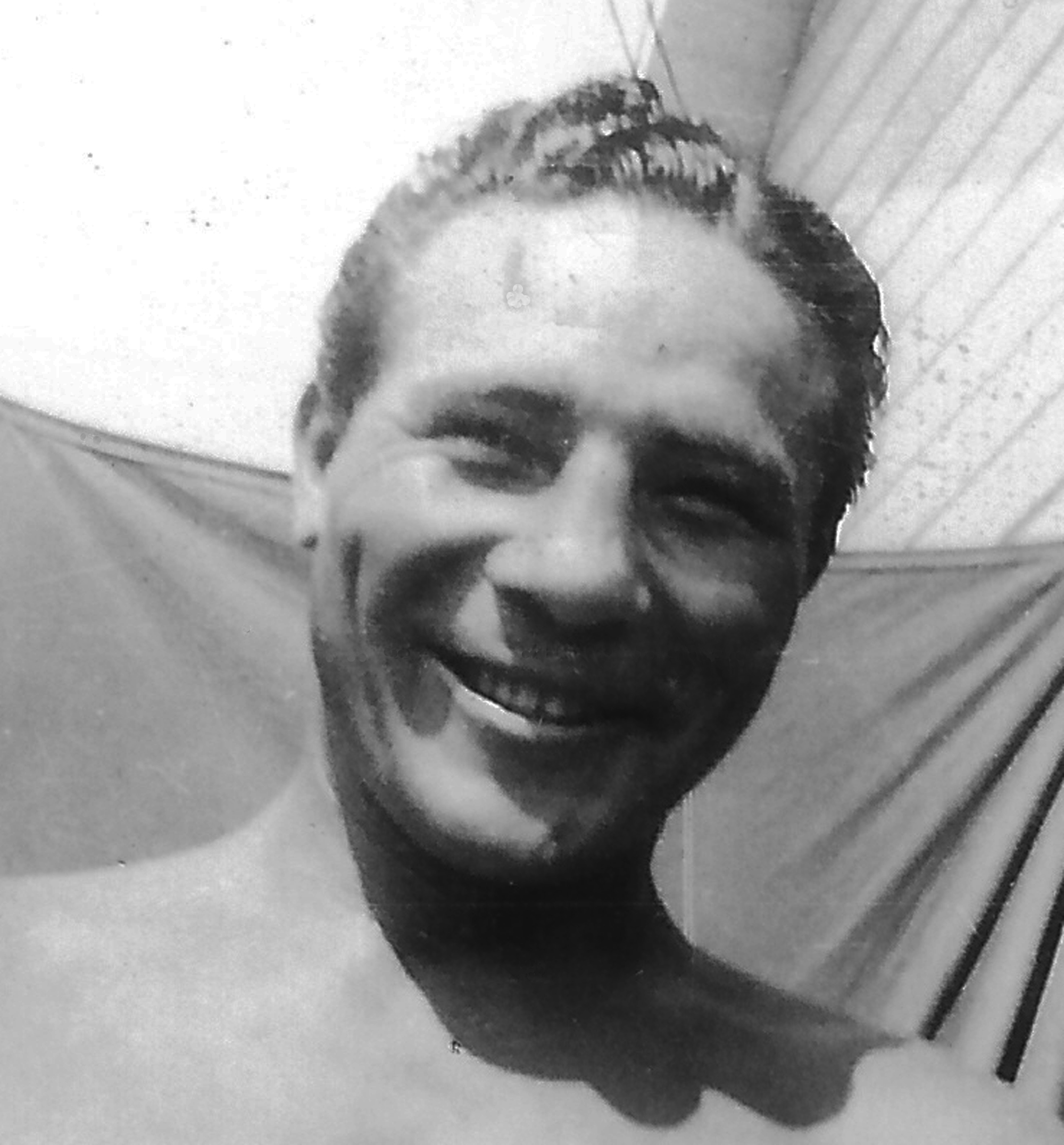 Another soldier, a man from Fort Wayne, Indiana named Paul
Frank Baer, served both the US and the French Air Services during the war. He achieved nine air successes between March
1918 and the armistice. Nine air
victories qualified you to be labeled an “ace.” After he achieved all of this,
he was shot down, survived the crash, but was taken prisoner by the enemy until
the end of the war.
Another soldier, a man from Fort Wayne, Indiana named Paul
Frank Baer, served both the US and the French Air Services during the war. He achieved nine air successes between March
1918 and the armistice. Nine air
victories qualified you to be labeled an “ace.” After he achieved all of this,
he was shot down, survived the crash, but was taken prisoner by the enemy until
the end of the war.
Returning home to Fort Wayne on February 28, 1919 to a
rapturous local welcome, Baer took up a post as test pilot for an aeronautical
lab based in Detroit. This was followed
by a spell as an inspector for the Department of Commerce. His next post took him to South America where
he helped to establish an air mail service.
The recipient of both the Distinguished Service Cross (DSC) and Cruix de
Guerre with Palms (the former for
single-handedly attacking seven German aircraft, destroying one, on March 11,
1918, and for downing two enemy two-seaters five days later.)
Baer was killed on December 9, 1930 in Hong Kong when his aircraft crashed while flying mail and passengers for Chinese Airway Federal, Inc. He was only 35 years old.
Then there was a man named George Michael Cohan.
He was, by his own account, born in Providence, Rhode Island on the 4th
of July, and went on after his brave service in the war to become a central
figure in American musical and theatrical circles during the first half of the
twentieth century.
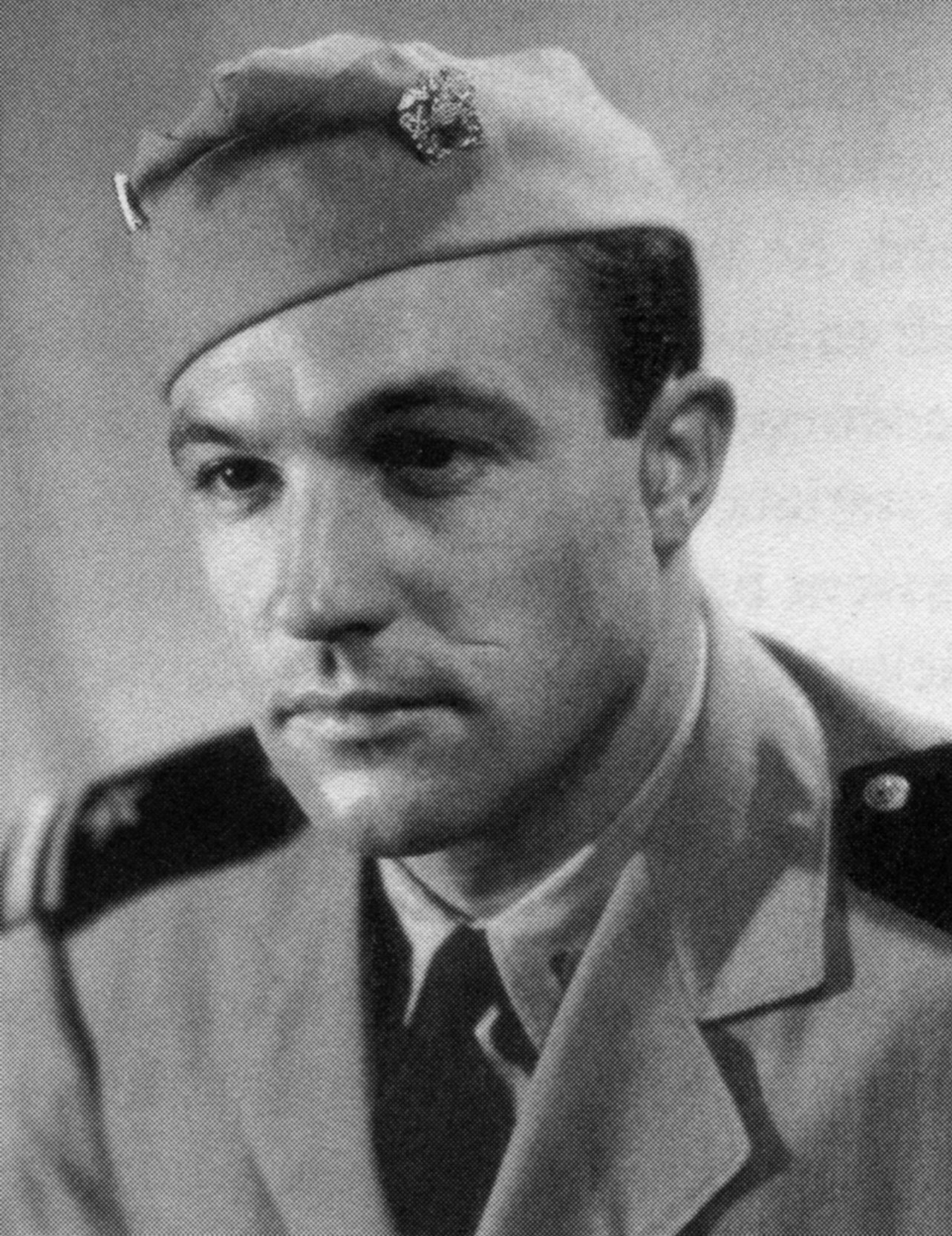 His accomplishments are numerous and very famous. I wanted to share specifically what made him famous during
World War I. He was the one who penned
what quickly established itself as the leading American marching song of the
war called "Over There." Cohan
was formally recognized for the role this song played in boosting wartime
morale with the award of the Congressional Medal of Honor - albeit belatedly in
1940. The song remains popular to this
present day. Other renowned songs by Cohan are "Yankee Doodle Boy,"
"You're a Grand Old Flag," "Give My Regards to Broadway"and
"Harrigan."
His accomplishments are numerous and very famous. I wanted to share specifically what made him famous during
World War I. He was the one who penned
what quickly established itself as the leading American marching song of the
war called "Over There." Cohan
was formally recognized for the role this song played in boosting wartime
morale with the award of the Congressional Medal of Honor - albeit belatedly in
1940. The song remains popular to this
present day. Other renowned songs by Cohan are "Yankee Doodle Boy,"
"You're a Grand Old Flag," "Give My Regards to Broadway"and
"Harrigan."The ever-versatile Cohan transferred to the movie world during the 1930s, and is featured in The Phantom President (1932). Cohan died on November 5, 1942 aged 64. He died from cancer.
Another noted hero was Sir Hiram Maxim. Maxim
was an inventor who designed the machine gun that bears his name He was from
Maine and his father was a mechanic. At
age 26 Maxim applied for and obtained the first of many patents for a
hair-curling iron. This was rapidly
followed by a machine for producing illuminating gas and a locomotive headlamp. The United States Electric Lighting Company
recognized his talents and employed him as their chief engineer. He designed for them a method of producing
carbon filaments.
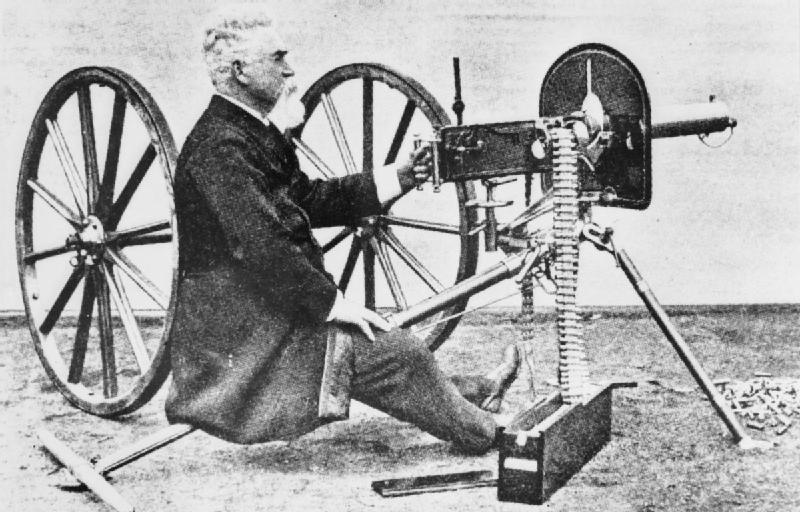
In 1884 Maxim was living in London when he began to toy with
the problems associated with the design and manufacture of automatic
weapons. From this resulted his most
famous innovation; the Maxim Machine Gun. He later invented (in 1891) a
smokeless cartridge, cordite, which further improved the effectiveness of his
machine gun. Maxim successfully sold his
new weapon to the British army, although there were other armies expressing
interest in buying his machine gun, including Germany.
In the 1890’s Maxim produced an airplane powered by a light steam engine. Having invented literally hundreds of items varying from a mousetrap to a gas motor, Maxim received a knighthood from Queen Victoria in 1901. His company, the Maxim Gun Company, was later absorbed into Vickers Ltd., of which he became the director. The Vickers machine gun subsequently became the standard issue weapon of its type in the British army during the First World War. Sir Hiram Maxim died in London on November 24, 1916, while the Great War was still raging. He was 76 years old.
There are so many other stories of the men who fought and the lives they
led before and after World War I. Many of
them lived to tell their stories, but the casualties were great in this war. Let us not forget their honor as we think of
our freedom that was made possible by ALL war heroes, especially those who will forever remain quiet and unknown to us. Countless men gave their lives and no one told their stories. Let this not be the case on Memorial Day this year. Have you passed on the stories of the war heroes in your family to your children and grandchildren? If you have one hero or many; please pass on their stories! We must never forget and we must always honor their sacrifices.
